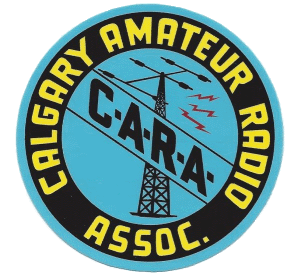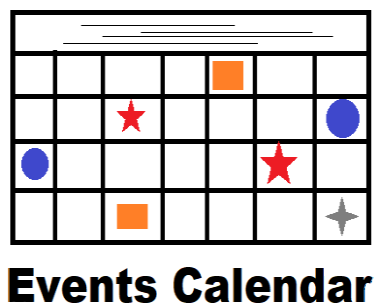Many thanks to Doug VE6CID for facilitating this event, and Elmering the participants. Well done, Doug. And your enthusiasm is infectious. :-)
Participants were Neeroo VE6NRO, Pat VE6PDS, and Peter VA6RPL.
Here are a few lessons learned from the Radio Direction Finding exercise, this week on Monday evening:
Sorry, no photos, as it was dark, and cold!
Use your direction finding antenna, be it a Yagi or loop, in an area that is wide open with no chain link fences, buildings, power lines, or other ferrous metal or magnetic influences within a few hundred meters. The more open and clear the area is, for hundreds of metres, the better. These factors will really throw your bearings off.
If your hunt is vehicle based, its best to work as a team of two. One to drive, and the other to do the direction finding.
An even better solution is to have someone at a base somewhere, with a map table and a large scale map of the area. The various teams can each call in the bearings they get to the base, where the lines of position can be plotted unto a pater map. The latitude and longitude, or street address, can then be radio'd out to the teams, who can converge and locate the quarry.
Be sure to confirm with each car crew whether the bearing they call is relative to true north or magnetic north. The plotter can then make corrections needed before plotting on the map.
It works even better to start the event by deploying at least three teams around the area, and spot them at opposite corners. The bearings "lines of position" should be at least 90 degrees apart to get the best results. As per boating or air navigation, three lines will allow "triangulation", resulting in the quarry likely located in the centre of a "cocked hat".
When you get close to the quarry, attenuate your radio's reception by adjusting the radio frequency off by 5 KHz, so as to lessen its receptiveness.
When you get very close, use a paper clip as an antenna.

